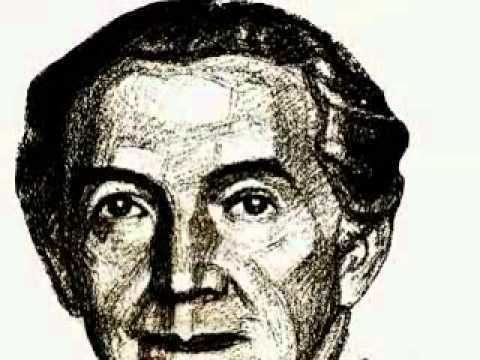Name Luis Salgado | Role Composer | |
 | ||
Died December 11, 1977, Quito, Ecuador | ||
Eunice escena i luis h salgado
Luis Humberto Salgado (1903 Cayambe - 1977 Quito) was an Ecuadorian composer. He was regarded as one of the most influential and prolific composers of his country.
Contents
- Eunice escena i luis h salgado
- concierto ecuatoriano luis h salgado rene zambrano c solista i allegro animato
- Biography
- Discography
- Writings
- References

concierto ecuatoriano luis h salgado rene zambrano c solista i allegro animato
Biography
He was taught by his father, the composer Francisco Salgado, a former student of the Italian composer Domenico Brescia (who championed nationalism in Chile and Ecuador before permanently settling down in the USA. During the 1920s, Salgado made a living as a pianist for silent films in Quito. He later he worked as a critic, teacher, and choir and orchestra conductor. He also acted as director of the Conservatorio Nacional de Música.
In his essay Música vernácula ecuatoriana (Microestudio), published in 1952 in Casa de la Cultura Ecuatoriana, he expresses his thoughts about the creation of a national form. For example, he replaced the classical symphonic pattern (Allegro - Larghetto - Allegretto Scherzo - Allegro Vivace) with a sequence of Ecuadorian folk dances:
Luis Humberto Salgado was the leading figure of his generation. His symphonic suite Atahualpa (1933), his Suite coreográfica (1946), the ballets El amaño (1947), and El Dios Tumbal (1952) and other works show strong nationalistic feeling. Salgado also wrote two operas, Cumandá (1940, rev. 1954); Eunice (1956-7) that were never produced. Salgado was not an exclusively nationalist composer, as the varied style of his eight symphonies shows. In his later years, he even relied on atonality and tried his hand at 12-note composition. – Béhague, Gerard. 2001. "Ecuador. Art Music"
Though only two of his operas are mentioned in most music literature, he composed another two, together with nine symphonies, several concertos, several ballets. He was both a nationalist and a modernist composer. As early as 1944, he wrote Sanjuanito Futurista for piano, using the rhythm of a traditional Ecuadorian dance within the dodecaphonic writing style. He was in his early forties when he started experimenting with new techniques but was not acknowledged as a modernist until later in his life.
Discography
Souvenir de l'Amérique du Sud (CD) (piano, Marcelo Ortiz, works by: Gerardo Guevara, Sixto María Durán and Miguel Ángel Casares)
